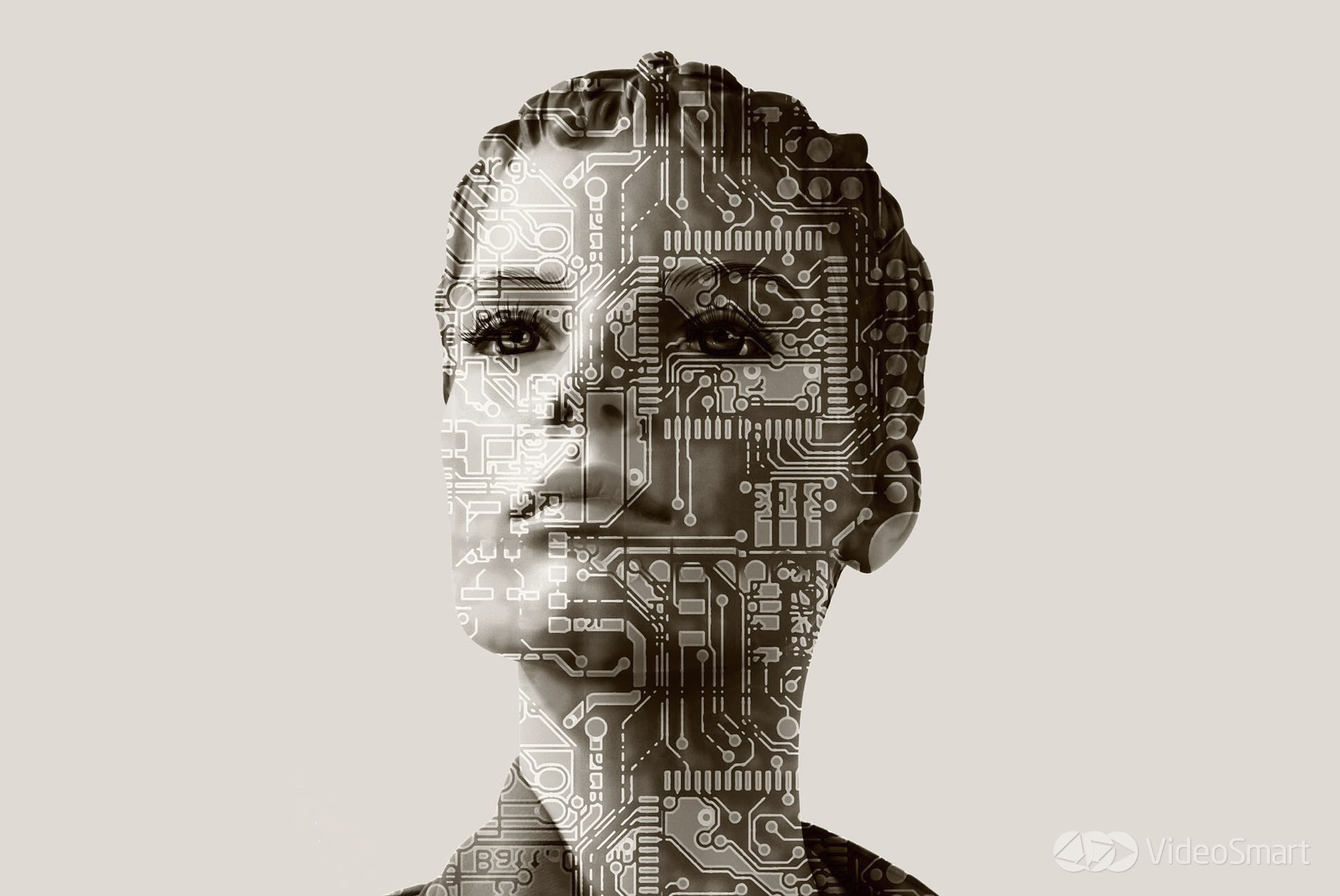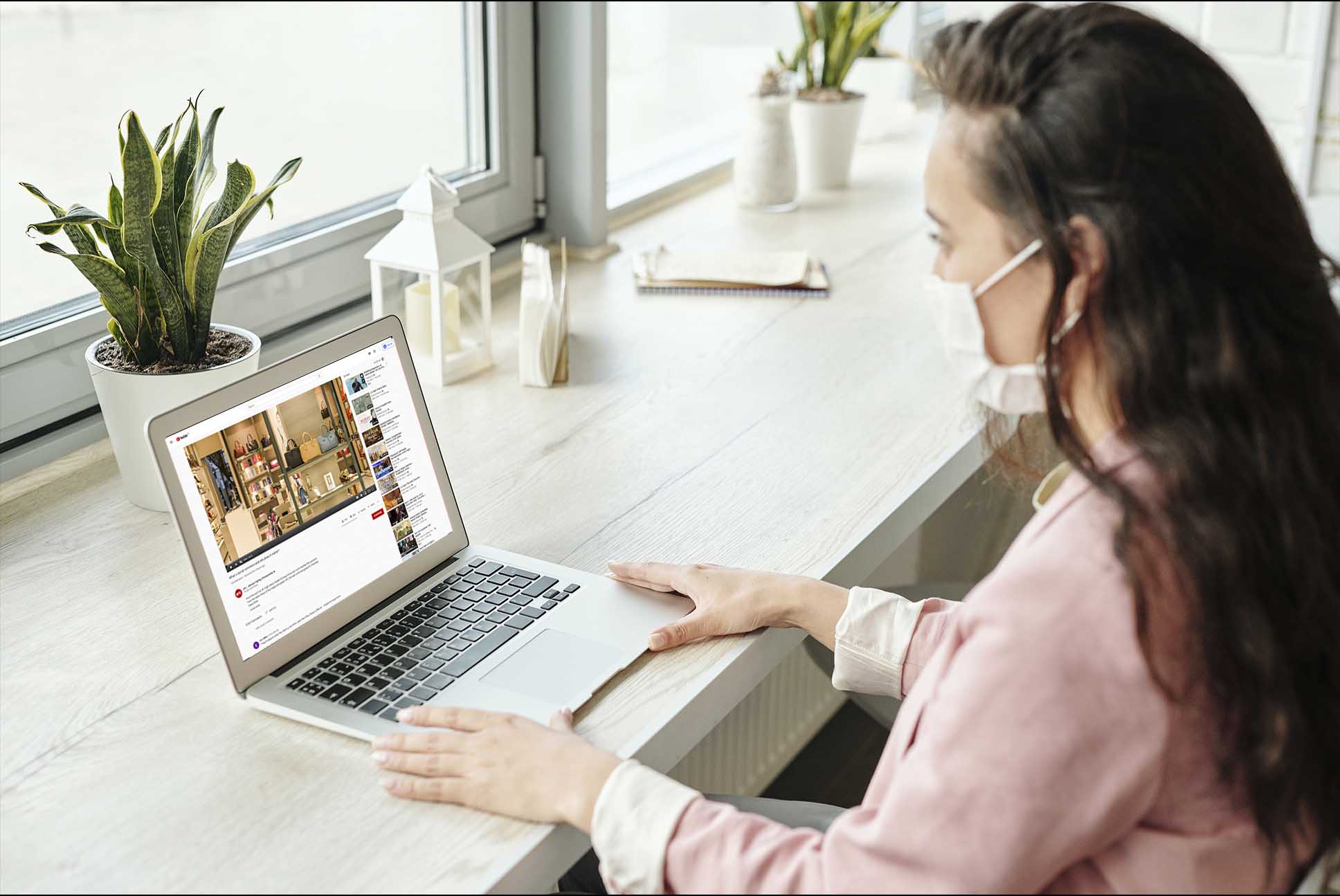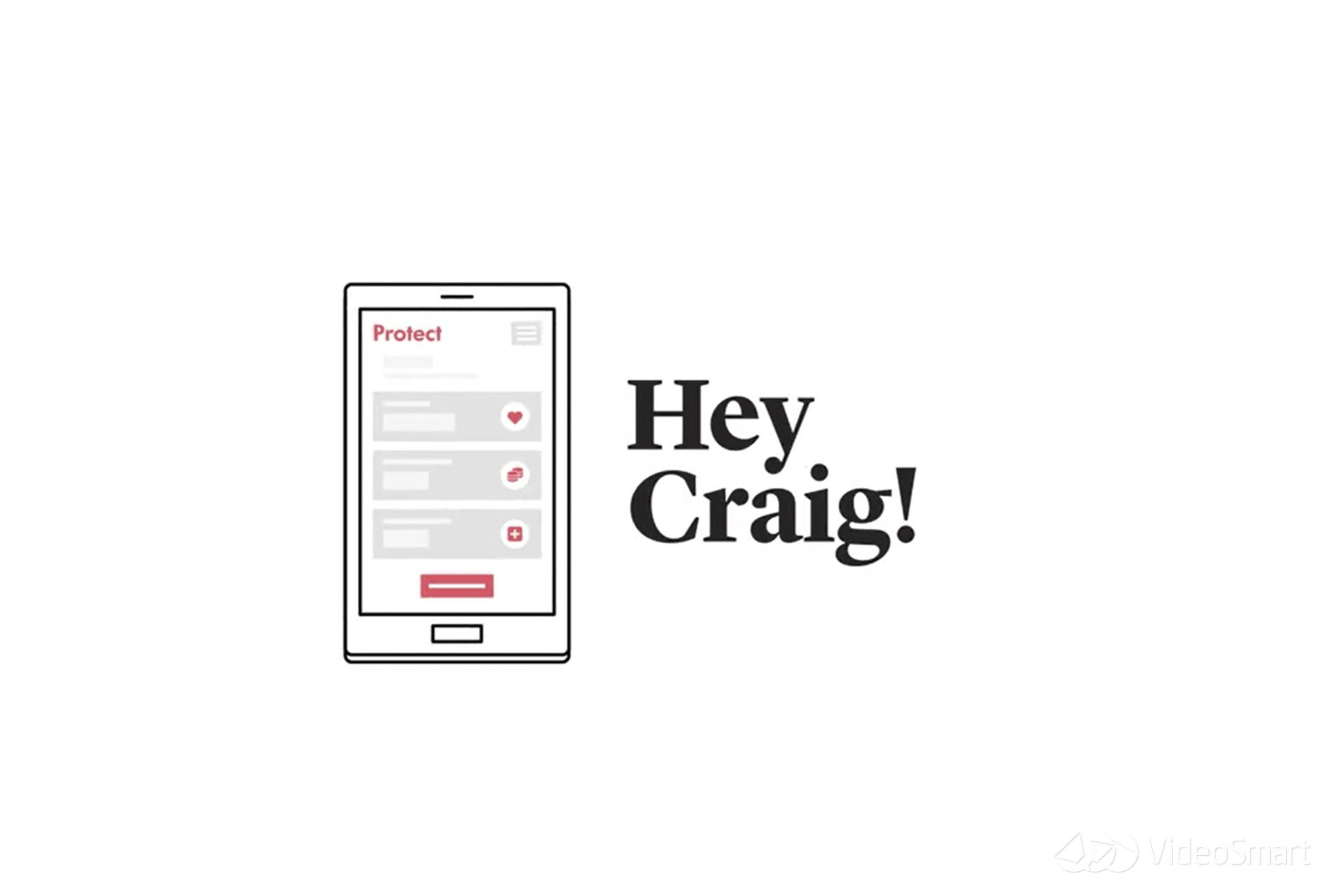How Technology is Revolutionising the Fashion and Beauty World

Whether you like it or not, our fashion choices are informed by countless years of trends, industry research, and marketing. As The Devil Wears Prada’s Miranda Priestly infamously once, “blue represents millions of dollars and countless jobs and it’s sort of comical how you think that you’ve made a choice that exempts you from the fashion industry when, in fact, you’re wearing the sweater that was selected for you by the people in this room from a pile of stuff.”
The fashion world is a multi-billion-dollar industry and is not to be underestimated. By its very nature, it is an industry that thrives on change and transformation; so it is unsurprising to witness how it has taken on the next challenge faced by all businesses and companies in the most recent years: technology.
On average, Covid-19 has pushed digital transformation by seven years. So, if it was not apparent to you before, it is unmistakable now: most, if not all industries must make their product or service adaptable to the online world. The key to this? Getting ahead of the trend. And that is exactly what fashion is doing.
From brands allowing you to virtually try-on their products, to a surge in in-app shopping, to the luxury sector investing in expanding their eCommerce. Fashion is taking on digital transformation. Here are the biggest steps in technological innovation in the fashion industry:

Augmented Reality: Virtual Try-On Tech
Long gone are the days of swatching a shade of eyeshadow on your hand or trying a pair of jeans on in the fitting rooms. Although the Covid-19 pandemic, alongside health and safety restrictions brought on by this has restricted our ability to do so in more recent times – the ability to virtually try on a cosmetic product or item of clothing is moreover to enable consumers to make these purchasing decisions online, from the comfort of their own homes – without ever physically touching the product. Hopefully, the days of ordering the wrong foundation shade are long-gone.
A great number of big-name brands have jumped on board with the virtual try-on feature. L’Oreal has its ‘Tap & Try’ feature, enabling users to try a variety of products virtually, from hair dyes to makeup, all through an uploaded selfie or live through your camera. L’Oreal isn’t the only one to take on this AR technology, with Garnier, Mac, and Maybelline all taking on virtual try-on tech, just to name a few.
At the very forefront, Google has launched its version of virtual try-on of cosmetics, powered by AR by seamlessly allowing you to try on any of these brands within its Google Search using your front camera. Google partnered with both ModiFace and Perfect Corp to create this feature. This comes after YouTube launched its AR ‘Beauty Try-On’ feature within the YouTube app, allowing the platform to make the most of the popularity of makeup tutorial videos, where viewers can virtually try-on products being featured in the beauty guru's video themselves.
Virtual Try-On isn’t exclusive to the beauty industry, however. With Amazon developing its own image-based AR clothing try-on Outfit-Viton, and big brands like Adidas and Tommy Hilfiger partnering with augmented reality technology company Zeekit to allow virtual trying-on of their products.

Fashion-meets-gaming and the rise of the digital-only product
The world of virtual clothing and accessories does not begin and end with augmented reality. The virtual experience is a fast-growing industry, with virtual fashion products targeting a large chunk of the potential revenue.
An unlikely match? Gaming and fashion
With 90% of Gen-Z reported to be gamers, and with a purchasing power of an estimated $44 billion – it’s a match made in heaven.
Fashion has made its subtle cross-over into gaming and esports with the rise of a new product: designer ‘skins’ for gaming avatars. Branding power has taken its next step. Industry great and designer for both Off-White and Louis Vuitton Virgil Abloh recognises the potential in this crossover, reporting that his “brain is turned on” onto the future of fashion and gaming.
Louis Vuitton has already taken several steps into the world of gaming and the virtual experience. In 2019 the fashion powerhouse partnered with esports brand Riot Games’ League of Legends to create a capsule collection titled LVxLOL to be made available in both real life and on the gaming platform in the form of digital skins. Items that would normally cost within the thousands were made available digitally for around $10.
The fashion brand took another type of step into the gaming world with the launch of their retro-style video game ‘Endless Runner’ inspired by Abloh’s Men’s Fall-Winter 2019 show for the brand.
Another gaming-fashion collaboration that has made waves of impact across the fashion industry, is Nintendo’s ‘social simulation’ game, Animal Crossing: New Horizons. The feature of this game that is so valuable to the fashion world? Users’ ability to extensively customise their characters’ clothing. Many brands have taken advantage of this, such as Marc Jacobs and Valentino recreating their iconic looks within the game as a kind of social marketing.
A big player in the virtual ‘skins’ selling game is Fortnite, most notably during their April 2020 Travis Scott ‘Astronomical’ concert, where the rapper put on a live performance on the gaming platform, watched by more than 12 million players. The virtual concert put out merchandise in the form of ‘skins’ made available for players to buy as memorabilia for the online concert.
Still not sure of the potential of this gaming-fashion crossover? According to WGSN, these virtual ‘skins’ accounted for 80% of a massive $120 billion spent on digital gaming in 2019.
The rise of the digital product isn’t constricted to the world of gaming. With L’Oreal leading the way in digital beauty, the cosmetic powerhouse launched a line of virtual-only makeup products in 2020. Not feeling like putting on a full face of makeup for that Zoom meeting? Well, L’Oreal has you covered.

In-App Shopping, E-Commerce, and Social Media Marketing
If you haven’t noticed it already, almost all of your social media platforms have one thing in common: they want you to buy. 2020 saw the rise of social media as an official shopping destination. Over the course of the year, we saw the launch of the Instagram shopping feature, shoppable videos via YouTube, and TikTok’s partnership with Shopify.
Overall, fashion went online. Last year, we saw a $52 billion jump in eCommerce, which accounts for an estimated acceleration of 4 to 6 years. High-end fashion houses are seeing the necessity of becoming part of this growth. Gucci is reported to be partnering with eCommerce giant Alibaba in creating two online stores in China, counting on a boost in luxury sales post-Covid.
Lastly, fashion is being revolutionised by social media marketing. Miranda Priestly’s quote from the 2006 film may appear a little outdated when placed in today’s influencer and ‘creator’-heavy world in terms of fashion trends.
No longer are your fashion aesthetic choices solely designed by ‘the people in this room’ to which she refers, but are increasingly motivated by social media creators.
This is especially true for Gen Z, where social media puts the power of trends and virality in the user's hands – are we now dictating the popularity of a style or an aesthetic on our own terms? Vogue Business reports that “the trend funnel moved from runway to rack, with some help from popular culture along the way” in 2020. They account this to the success of TikTok, where style and niche aesthetic videos gain great traction.
For example, the TikTok aesthetic ‘cottagecore’ has had over 4.6 billion views on the platform, which translated into an increase of 900% in it being searched on the Gen Z focused shopping app Depop (Gen Z accounts for 90% of its users).
Social media has made way for consumer-led trends in fashion. Slow to the jump, luxury brands are now seeing the capabilities of this, with 66% of luxury brands now using influencer marketing to advertise. With an average of businesses making $6.50 on each dollar spent on influencers, it's easy to see why.
Unequivocally, fashion is embracing the technological revolution and taking on the transformation from fashion houses solely dictating trends to the consumer via social media platforms.
With great household brands like L’Oreal taking on innovations to stay ahead of the tech-curve and their Global Chief Digital Officer Lubomira Rochet stating that “Digital is the future of beauty” it is evident that brands are recognising that these changes are here to stay.
Their core value “saisir ce qui commence” or “seize what’s starting”, is what motivated them to go ‘all in on digital’ since 2010 despite being founded in 1909. This meant that ‘digital constituted 38% of L’Oréal’s overall media spend in 2017.’ If a century-old company can embrace the digital revolution, what excuse can any brand or business find to resist this change?
However, clearly not all brands are taking digital transformation in their stride. Last years’ newspapers were dominated by an ever-growing list of fashion retailers who suffered the impact of Covid-19 and the high street shut-down.
The biggest story by far was Arcadia Group’s collapse into administration during November of last year. The company owned Topshop, whose failure to change with the times has been underpinned by the likes of ASOS, PrettyLittleThing, and Boohoo, all comparable to Topshop, all with a seismic difference in online presence to the retailer.
Can the company’s failure be attributed to its lack of digitalisation and shift to online? Quite possibly. Many will be quick to blame its collapse solely on the restrictions brought on by the pandemic, however, it is arguable that Covid-19 and the pressure it put on high-street retailers only sped-up this process.
High-street retailers who have gone into administration over the last year, such as Topshop, Peacocks, and Bonmarché have been lagging in digital progress for years – where rivals such as Zara have been “investing in digital solutions in recent years - such as giving consumers online access to stock levels in-store.”
Covid-19 was simply a catalyst for the breakdown of retailers who did not embrace the digital change several years ago.


